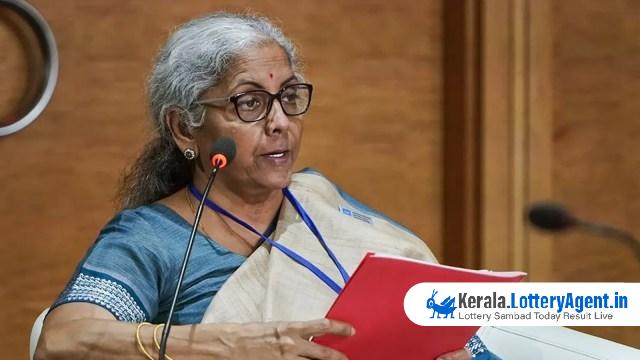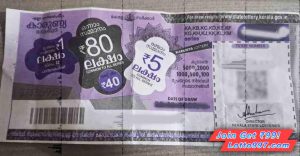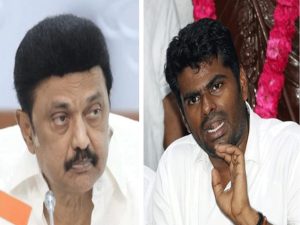
In a significant economic update, Union Finance Minister Nirmala Sitharaman has brought to light that the Goods and Services Tax (GST) collections, in relation to the country’s Gross Domestic Product (GDP), have normalized to the levels seen before the implementation of this unified tax system. On a noteworthy occasion that further marked the inauguration of Justice (Retd) Sanjaya Kumar Mishra as the President of the GST Appellate Tribunal (GSTAT), Sitharaman demystified common misperceptions about GST, stating it plays a substantial role in enhancing state revenues.
The newly appointed Mishra is expected to spearhead the resolution of complex GST-related disputes as the head of GSTAT, an important establishment which has finally come into effect nearly seven years post the GST rollout in July 2017. This move is anticipated to strengthen the adjudicatory mechanism for litigations under the GST regime.
Garnering attention, the monthly gross GST revenue recently crossed an unprecedented milestone surpassing Rs 2 lakh crore, as publicized in the April data revealed by the Finance Ministry on May 1. Sitharaman commented on these figures on the social media platform, X, drawing attention to the robust tax administration efforts by the Centre and States in ensuring tax collection is efficient despite a lower tax rate than the originally suggested Revenue Neutral Rate and the economic impacts of the COVID-19 pandemic.
Refuting the myth that the Centre monopolizes GST revenues, Sitharaman elucidated that states receive a full 100 percent of the SGST (State Goods and Services Tax) collected within their jurisdiction. Approximately half of the IGST (Integrated Goods and Services Tax) levied on inter-state trade also contributes to state coffers. Moreover, a significant portion of CGST (Central Goods and Services Tax) — as much as 42 percent — is channeled to the states, adhering to the recommendations of the Finance Commission. The minister highlighted that the pre-GST tax buoyancy of 0.72 has escalated to an impressive 1.22 during the years between 2018 and 2023, indicating a more responsive tax system post GST implementation.
Detailing the quantum of fiscal improvement for states, Sitharaman compared the hypothetical revenues from subsumed taxes between the financial years 2019 and 2024 without GST, which would have been Rs 37.5 lakh crore. With GST in place, however, actual state revenues escalated to Rs 46.56 lakh crore. This significant rise underscores the pivotal role of GST in enhancing state finances.
In what she described as a ‘pro-poor’ taxation strategy, the Finance Minister revealed that the effective weighted average GST rate has consistently decreased since 2017, from a proposed 15.3 percent Revenue Neutral Rate to 14.4 percent in 2017, dropping further to 11.6 percent in 2019.
Former Chief Economic Adviser Arvind Subramanian, in a May 2 post on X, raised concerns that despite economic recovery and improved GST enforcement, revenue for the financial year 2024 at 6.1 percent of the GDP had yet to surpass the pre-GST benchmark after seven years. Emphasizing net revenues over the headline figures that account for refunds, Subramanian’s analysis pointed out that an updated estimate for FY24 suggests surpassing pre-GST levels has not been achieved.
Sitharaman, who also chairs the GST Council, stressed the importance of incorporating unbiased inputs from all states in decision-making processes. With a voting arrangement that accords the Centre one-third power and states two-thirds, the GST Council has achieved consensus in all but one of its 52 meetings.
The Finance Minister also highlighted the reduction in tax rates for numerous essentials in comparison to pre-GST tariffs. Many essentials items and services such as unbranded food, certain medications, healthcare, education, and public transport among others, enjoy exemption from GST. Additionally, the tax on common products such as hair oil and soaps was reduced from 28 to 18 percent, while electrical appliances now face a 12 percent tax as opposed to the previous 31.5 percent. Movie tickets and other goods and services have also benefited from lower tax rates since GST was introduced. The National Anti-profiteering Authority has played a crucial role in ensuring that companies transfer the benefits of reduced taxes to consumers.
In conclusion, Sitharaman’s statements underpin the success of GST as a model of cooperative federalism, which has not only streamlined the tax collection process but has also fostered an environment of equitable fiscal empowerment for the states, contributing to an overarching economic parity across the union.












